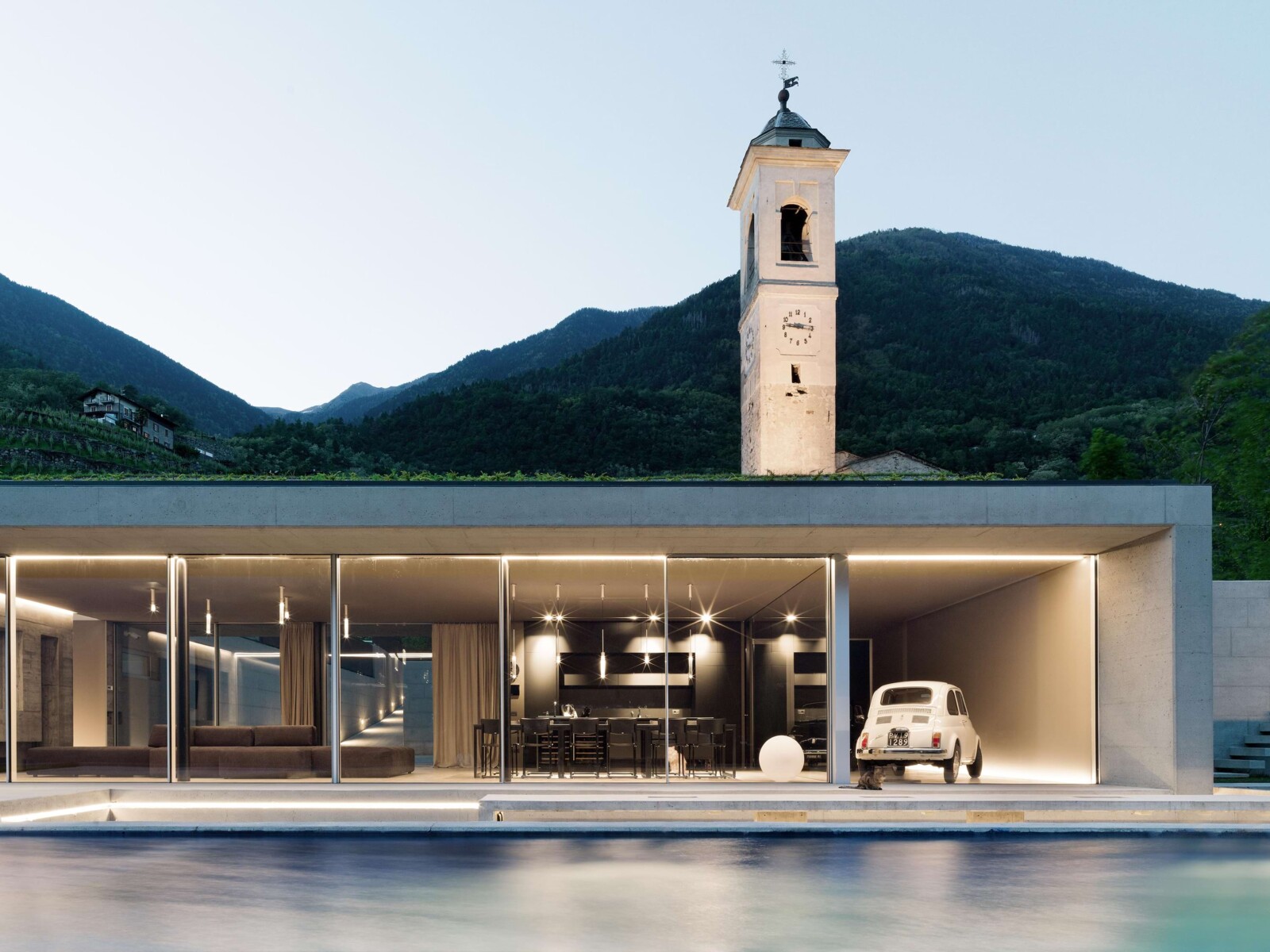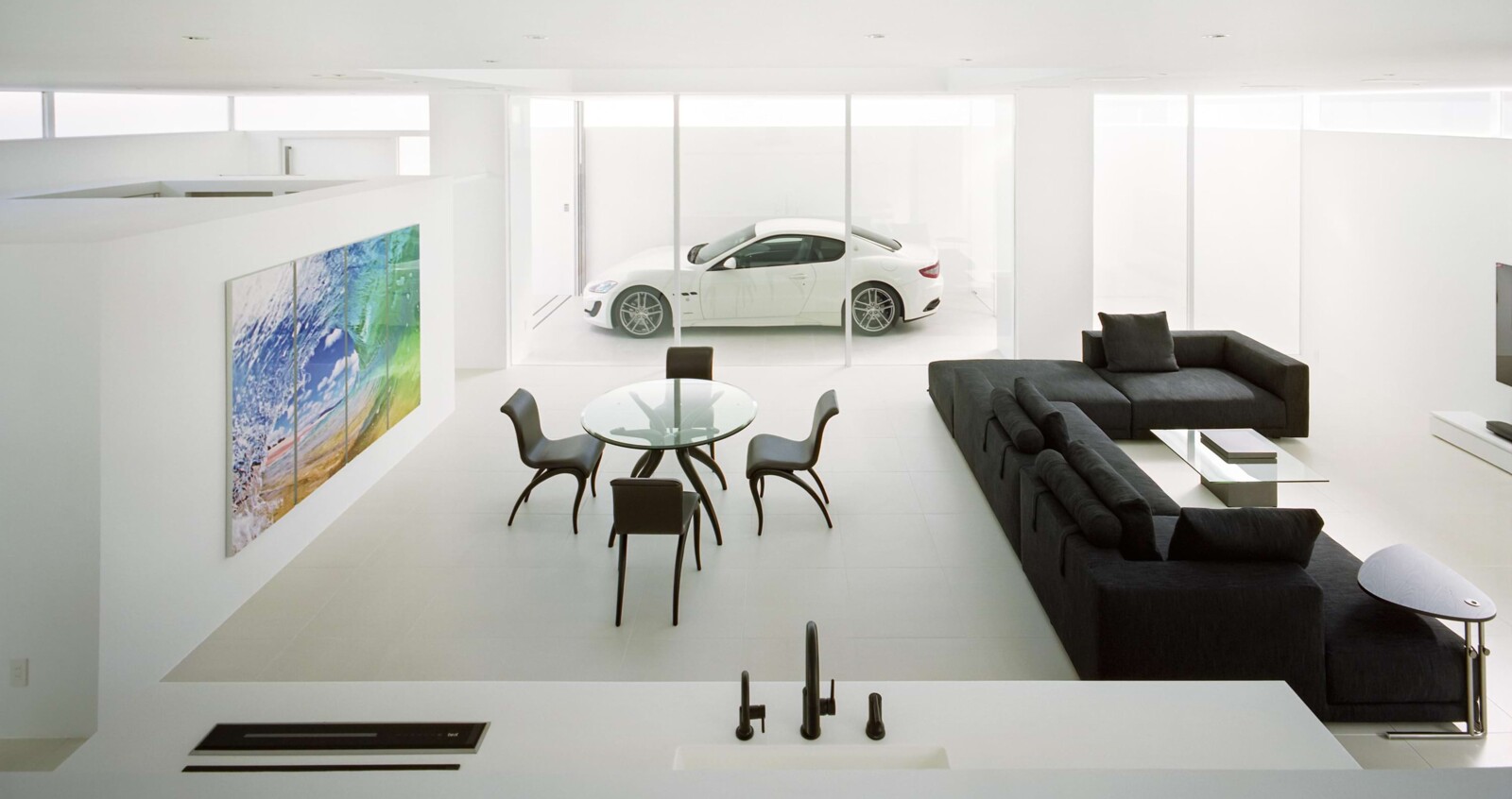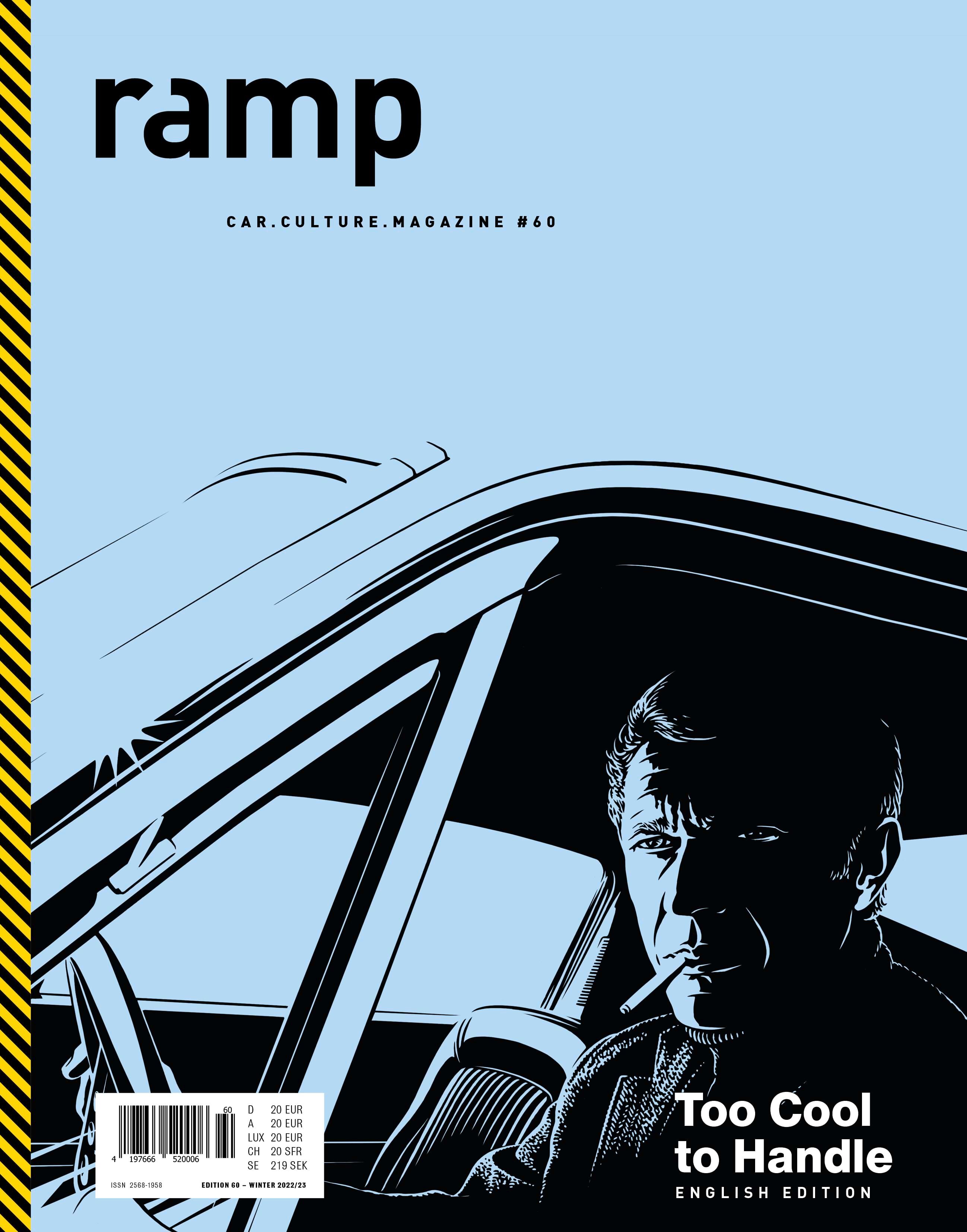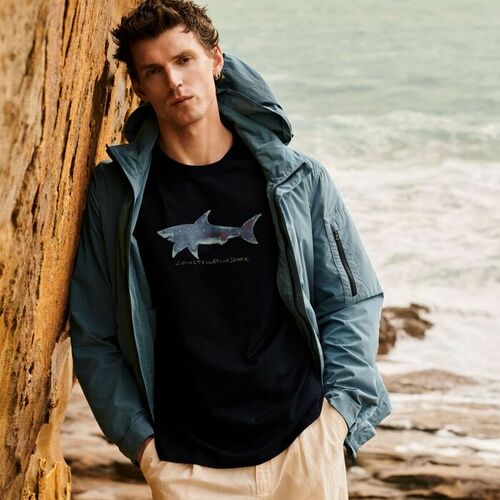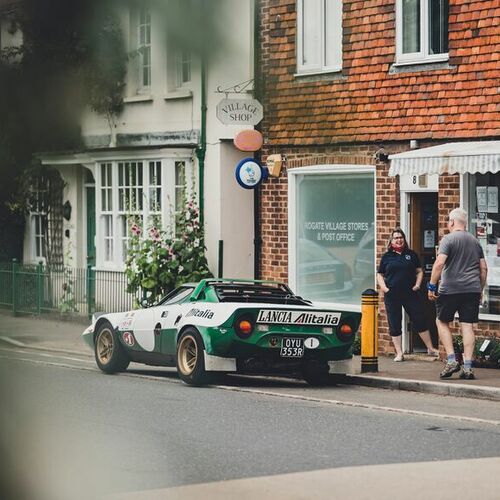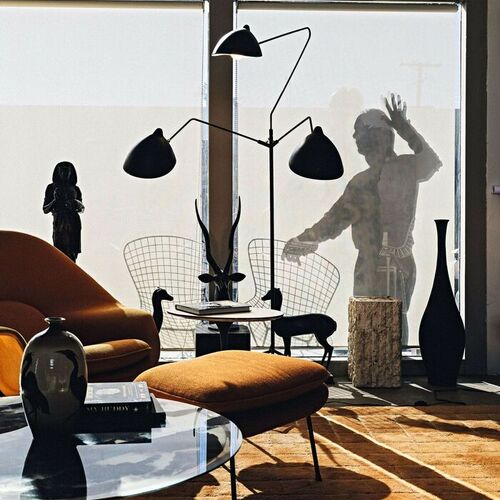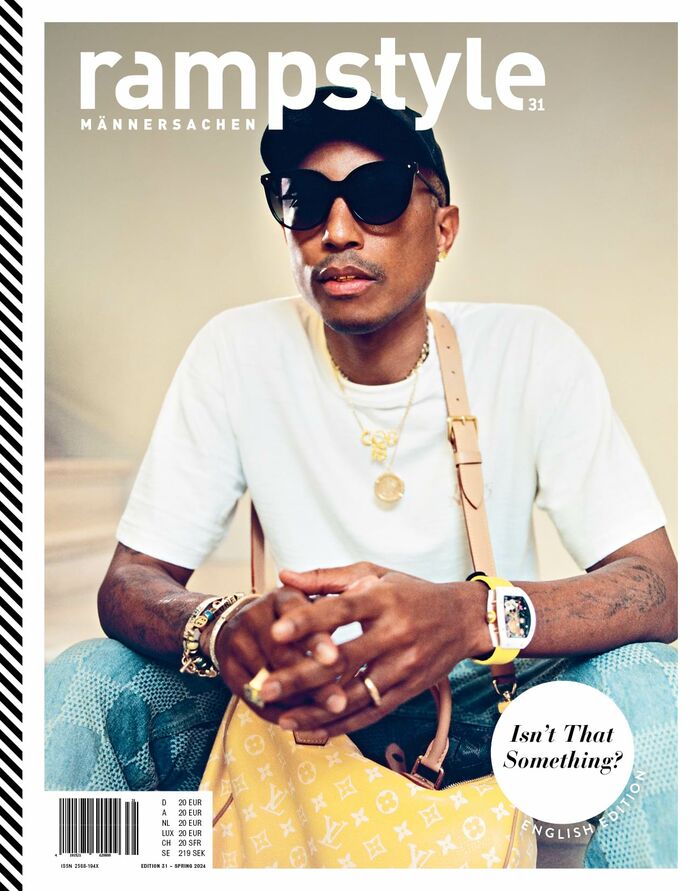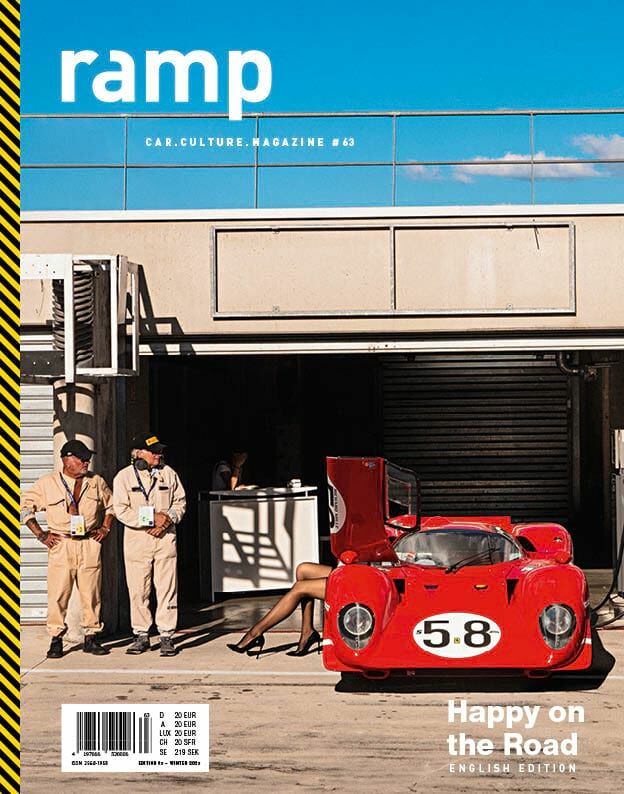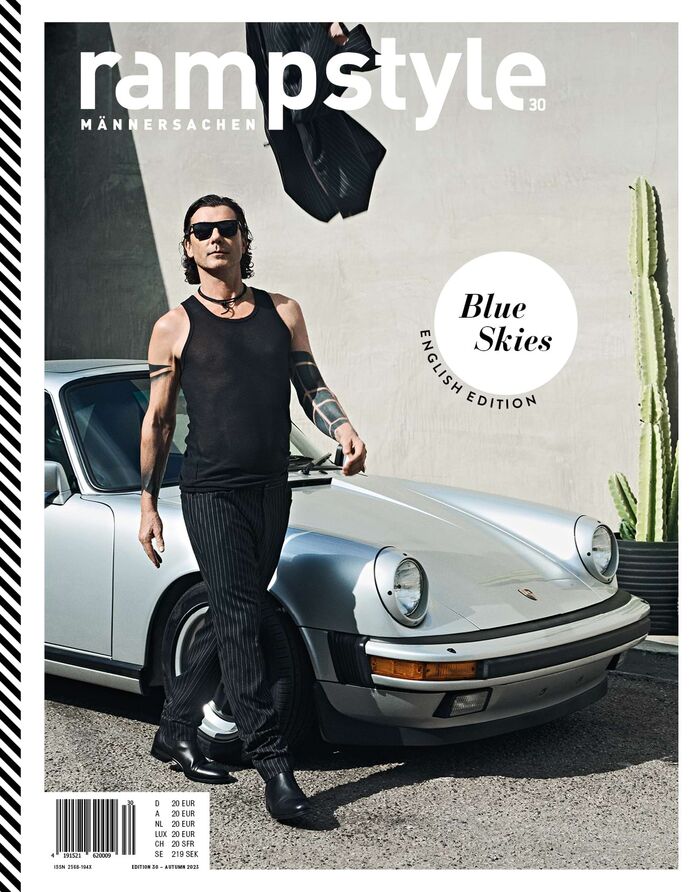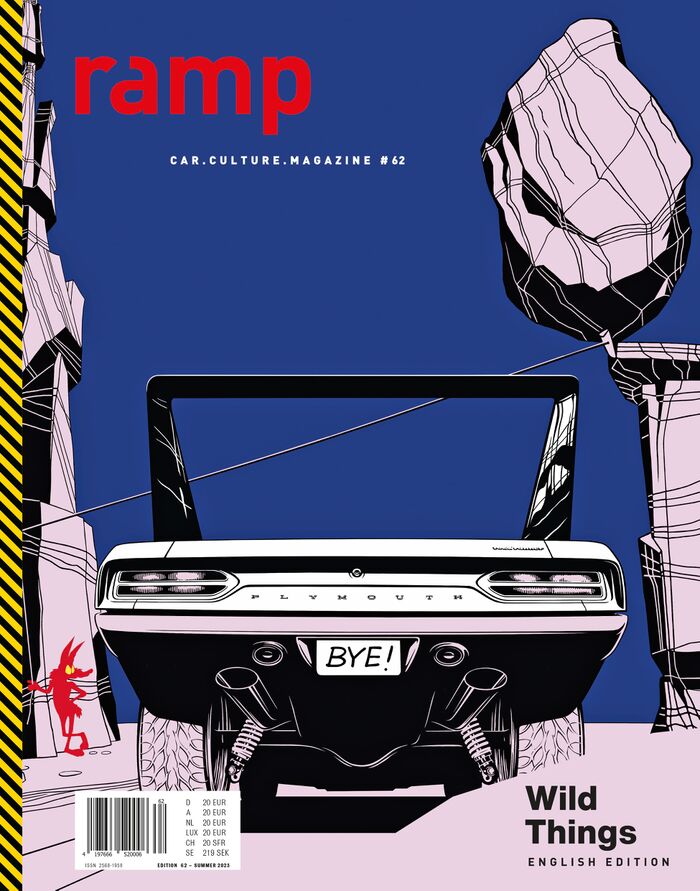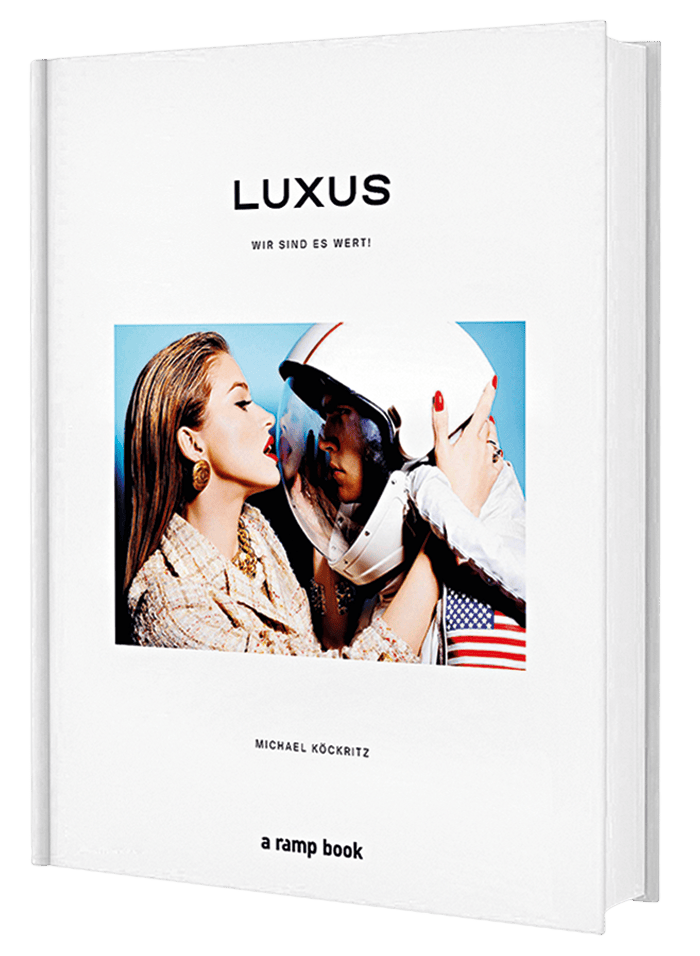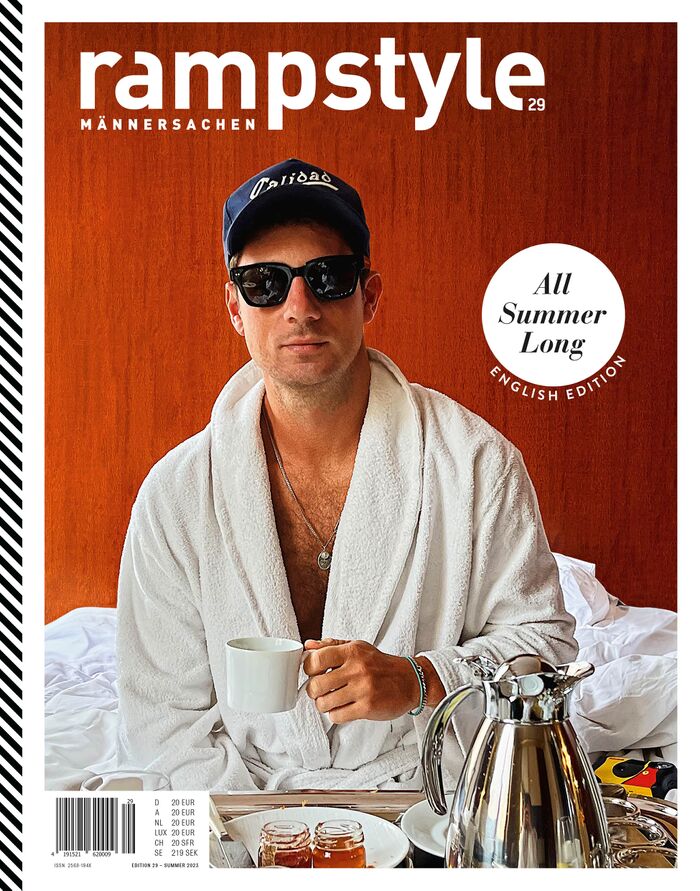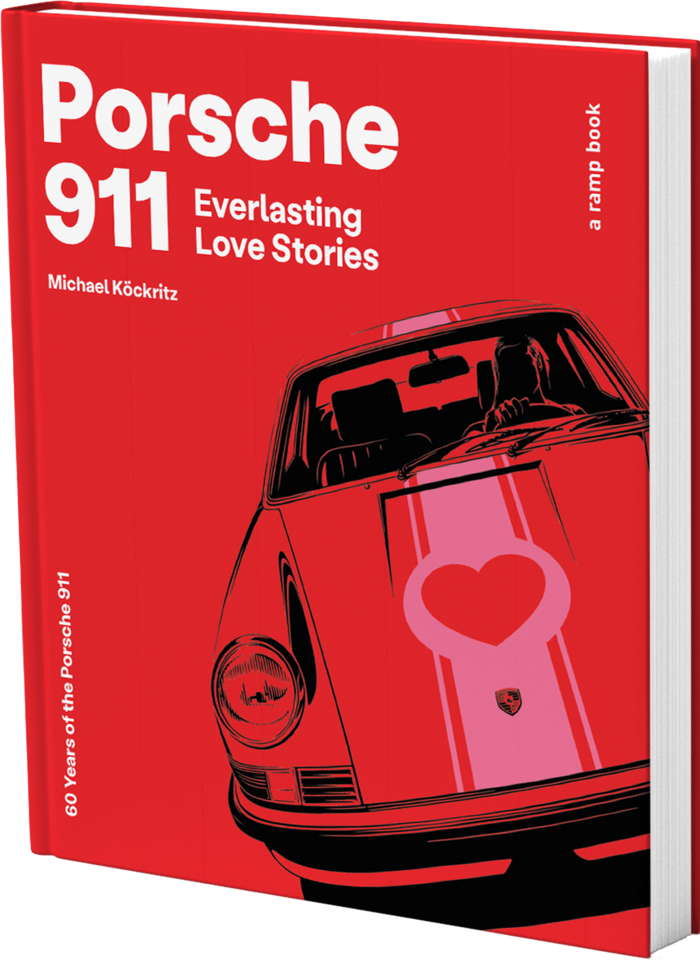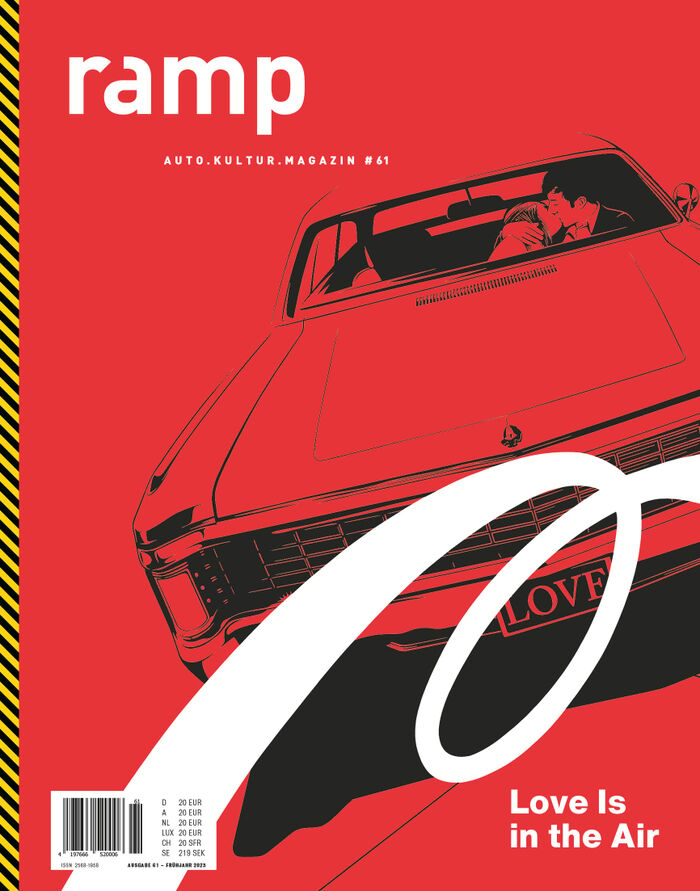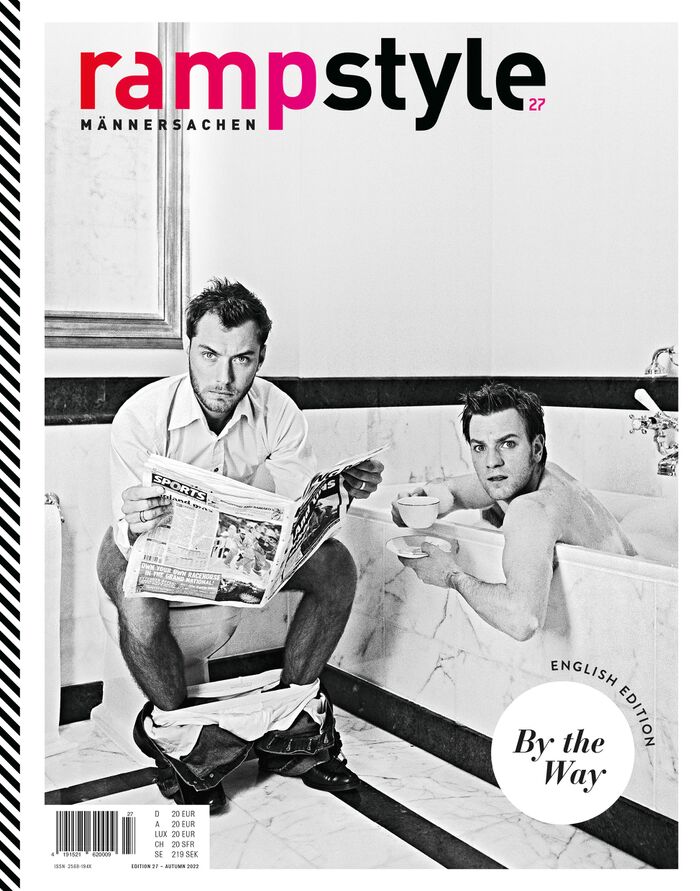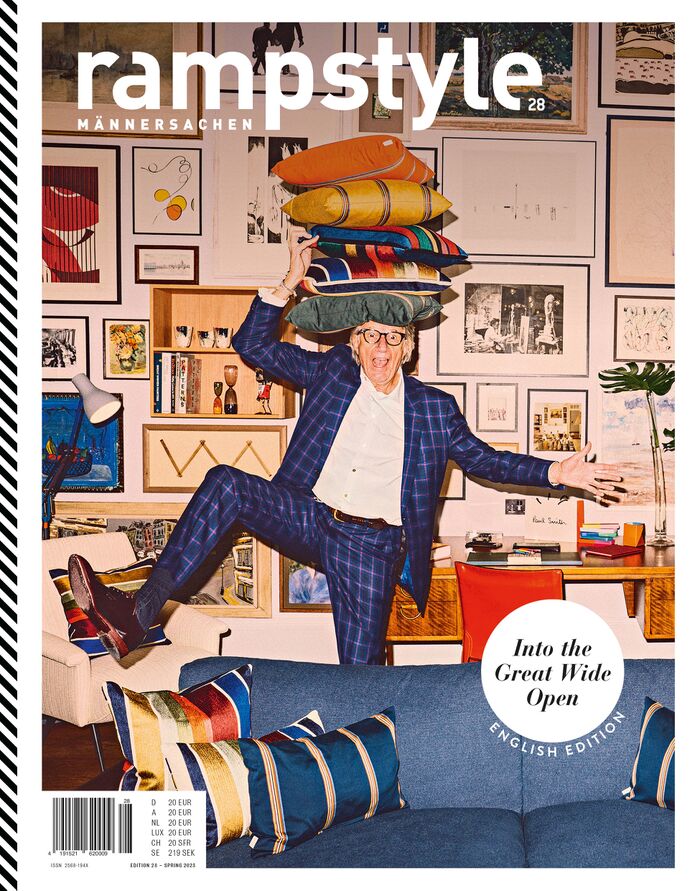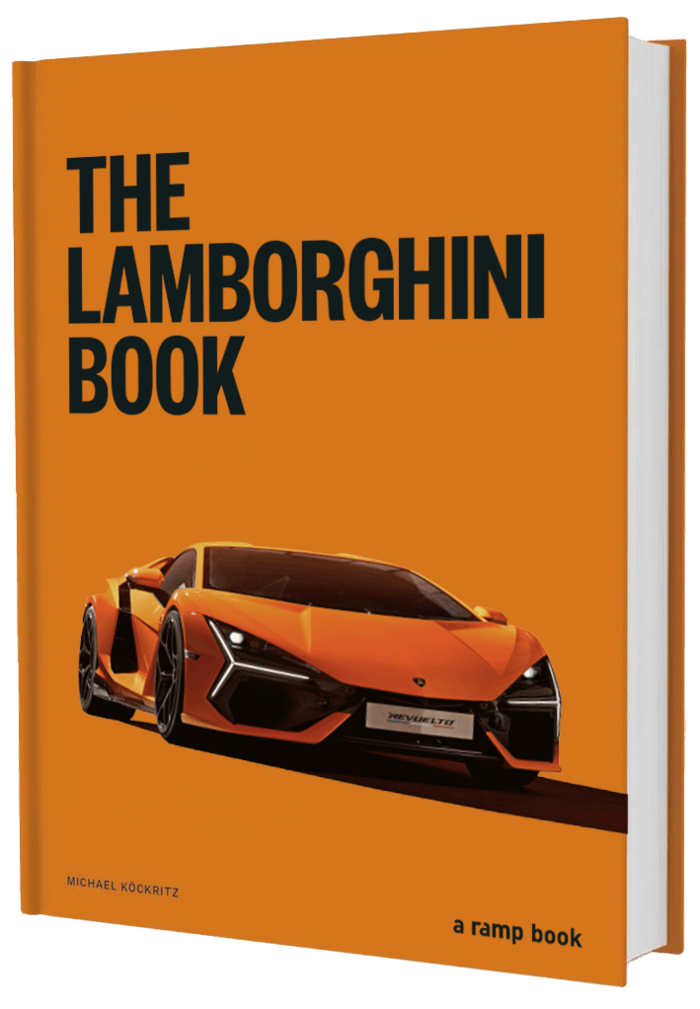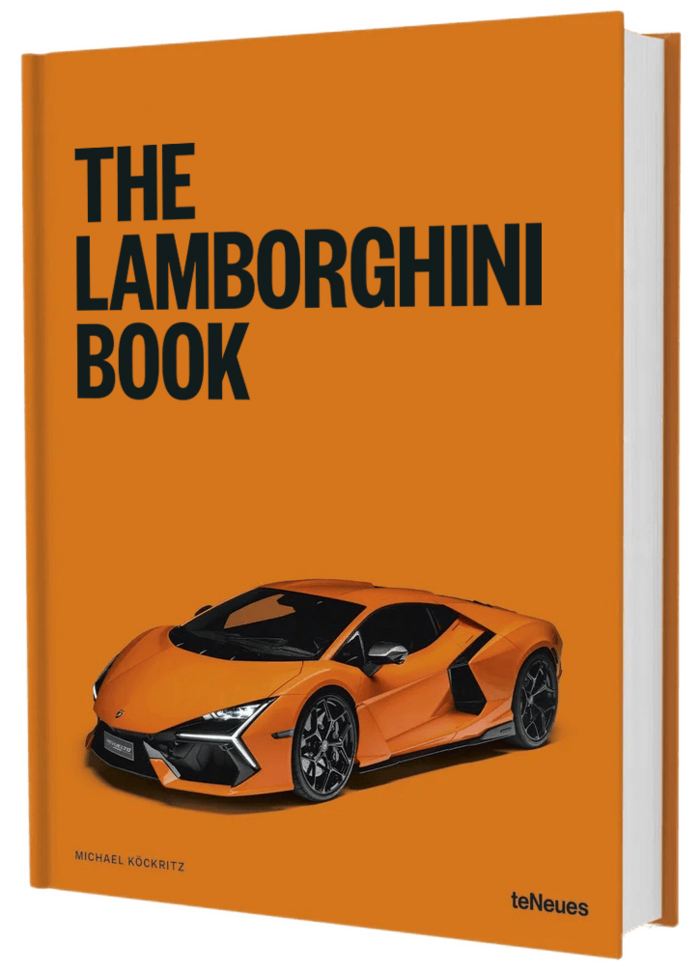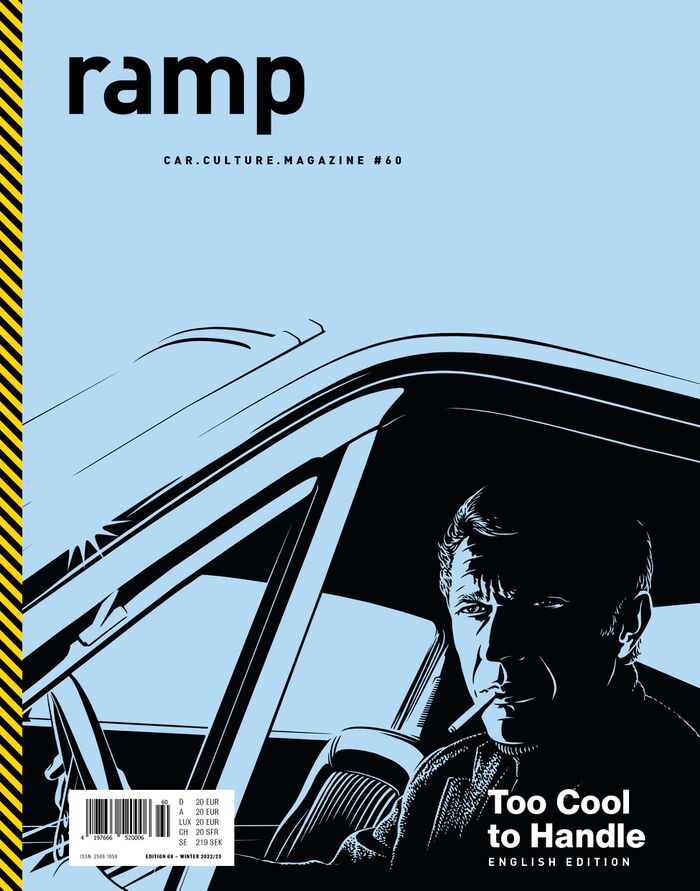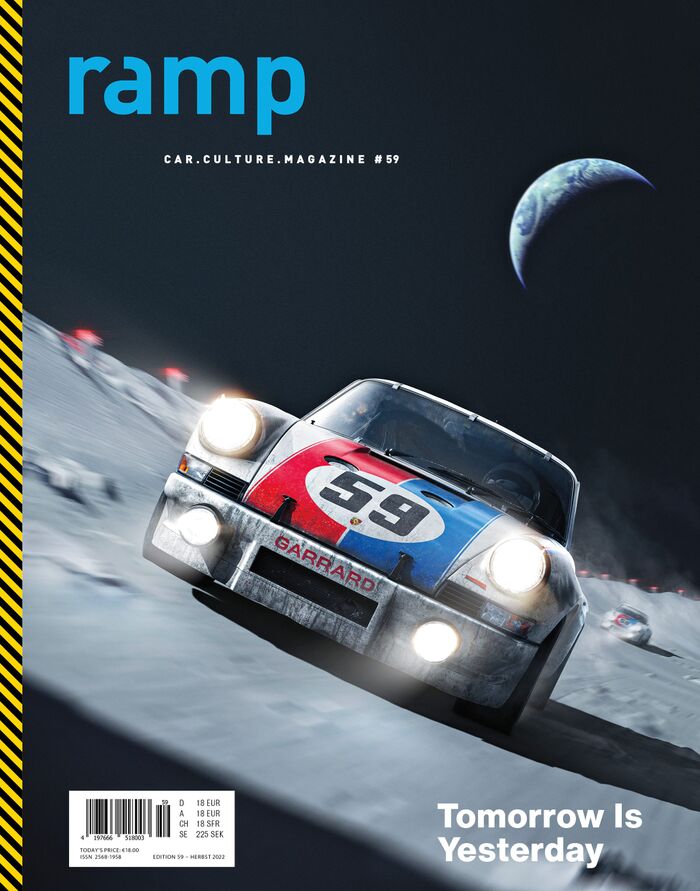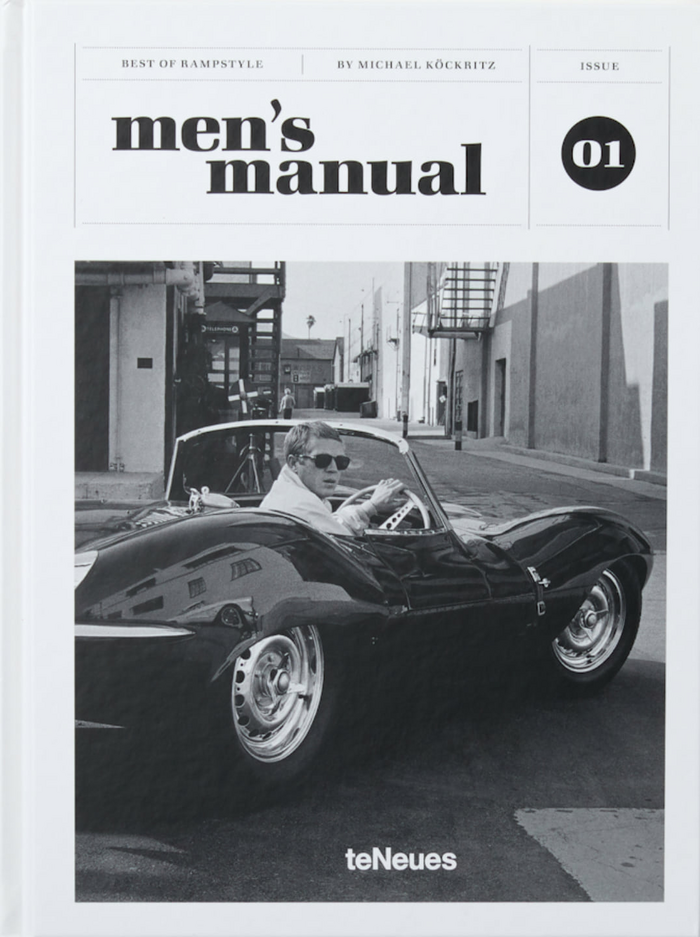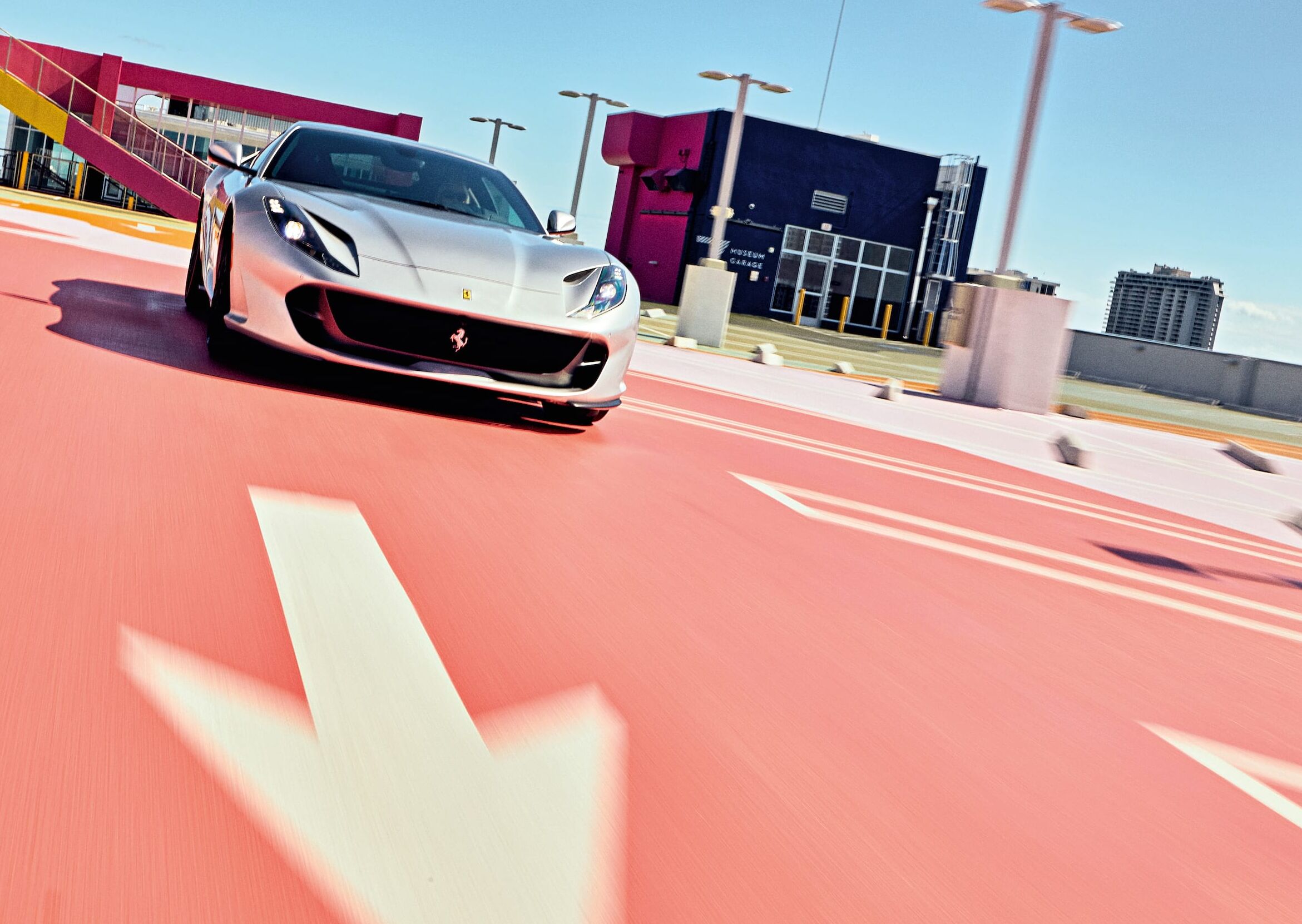What role does the idea of luxury play here?
It depends on the definition. If luxury means mere abundance, then I would certainly have little positive to write about it. But if luxury expresses the fact that things are built and collected with self-expenditure in mind, that one tries to avoid compromises, selects what is excellent and does everything for it, then the conceptual meaning moves in the direction of a very high demand for quality. And a lot can be said about that - both in terms of outstanding architecture and in terms of automotive culture. Monetary costs are relative here, because collectors invest much more: endless time for acquiring the necessary expertise, for research, and finally for acquisition and possibly restoration and care. The high quality of the contents is also not luxurious in the financial sense, because what is special in the perfectly designed garage house does not have to have been expensive, but just exceptionally good - and that can be a Fiat Nuova 500 just as much as a Countach.
And how influential are geographical location and cultural background? Are there any major differences here from your point of view?
I always notice that in Asian countries, both design worlds - house and car - are more playful and colorful, while the Central Europeans like it more formally discreet. However, this is certainly also due to the strict building regulations, especially in German-speaking countries. It is also worth mentioning that only small car collections can be placed in the context of a villa or penthouse. There are, of course, large collections everywhere. However, for this purpose the owners almost exclusively use industrial halls. The architectural claim is then no longer effective.





